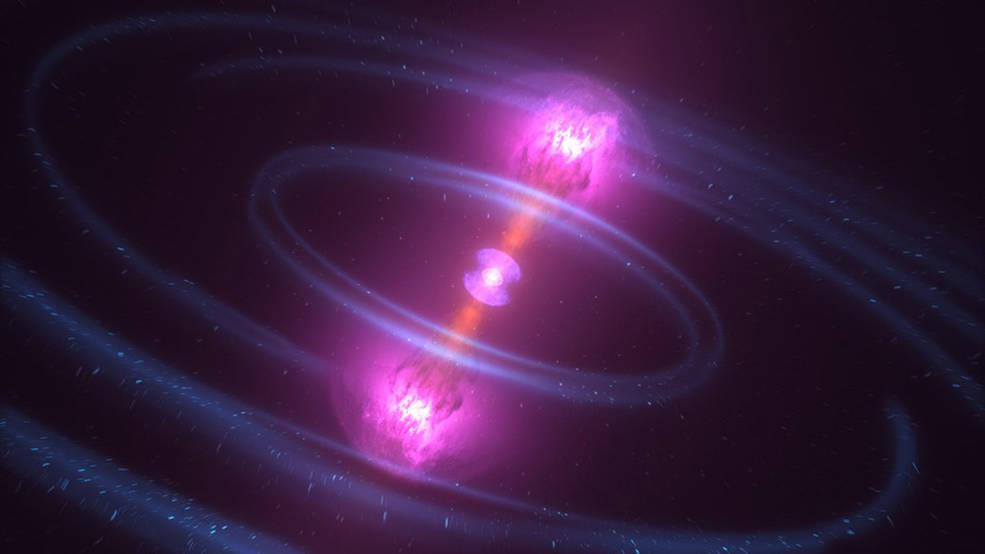The James Webb Space Telescope was designed and built to study the early universe, and hopefully revolutionary our understanding of cosmology. Two years after its launch, it’s doing just that.
Continue reading “James Webb’s Big Year for Cosmology”Is the Universe a Fractal?

For decades cosmologists have wondered if the large-scale structure of the universe is a fractal: if it looks the same no matter the scale. And the answer is: no, not really. But in some ways, yes. Look, it’s complicated.
Continue reading “Is the Universe a Fractal?”Quantum Correlations Could Solve the Black Hole Information Paradox

The black hole information paradox has puzzled physicists for decades. New research shows how quantum connections in spacetime itself may resolve the paradox, and in the process leave behind a subtle signature in gravitational waves.
Continue reading “Quantum Correlations Could Solve the Black Hole Information Paradox”Where’s the Most Promising Place to Find Martian Life?

New research suggests that our best hopes for finding existing life on Mars isn’t on the surface, but buried deep within the crust.
Continue reading “Where’s the Most Promising Place to Find Martian Life?”Can Entangled Particles Communicate Faster than Light?
Entanglement is perhaps one of the most confusing aspects of quantum mechanics. On its surface, entanglement allows particles to communicate over vast distances instantly, apparently violating the speed of light. But while entangled particles are connected, they don’t necessarily share information between them.
Continue reading “Can Entangled Particles Communicate Faster than Light?”What Makes Brown Dwarfs So Weird?
Meet the brown dwarf: bigger than a planet, and smaller than a star. A category of its own, it’s one of the strangest objects in the universe.
Continue reading “What Makes Brown Dwarfs So Weird?”The Mysterious Case of the Resurrected Star
The star HD 65907 is not what it appears to be. It’s a star that looks young, but on closer inspection is actually much, much older. What’s going on? Research suggests that it is a resurrected star.
Continue reading “The Mysterious Case of the Resurrected Star”What is the Zoo Hypothesis?
It seems that we are completely alone in the universe. But simple reasoning suggests that there should be an abundance of alien civilizations. Maybe they’re all out there, but they are keeping their distance. Welcome to the zoo (hypothesis).
Continue reading “What is the Zoo Hypothesis?”Axion Dark Matter May Make Spacetime Ring

Dark matter made out of axions may have the power to make space-time ring like a bell, but only if it is able to steal energy from black holes, according to new research.
Continue reading “Axion Dark Matter May Make Spacetime Ring”The Early Universe May Have Had Giant Batteries of Dust
The largest magnetic fields in the universe may have found themselves charged up when the first stars began to shine, according to new research.
Continue reading “The Early Universe May Have Had Giant Batteries of Dust”





